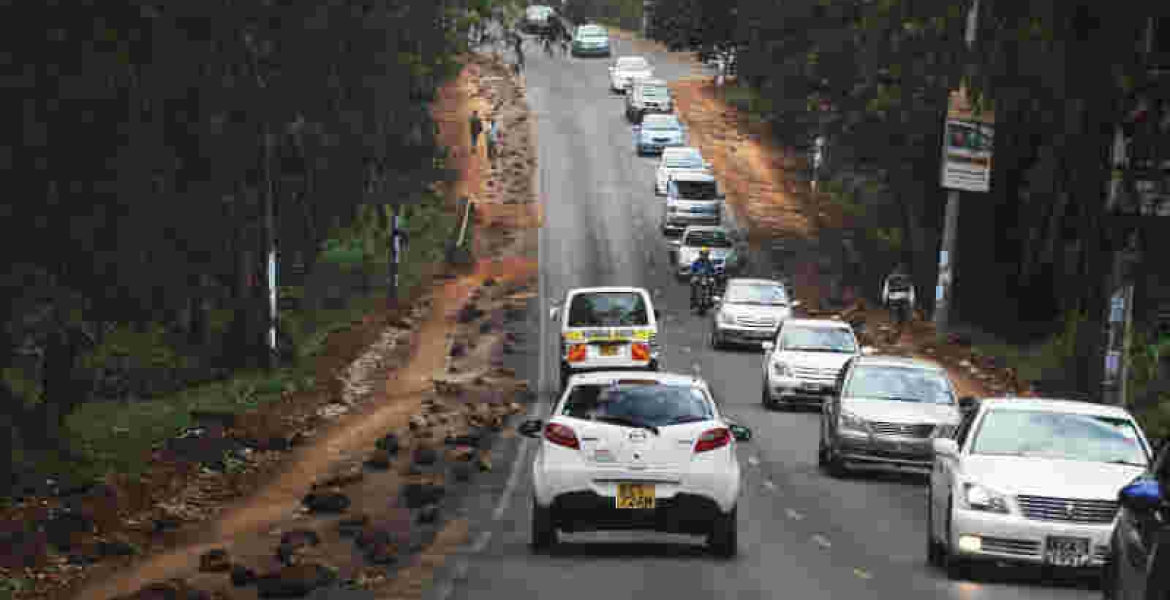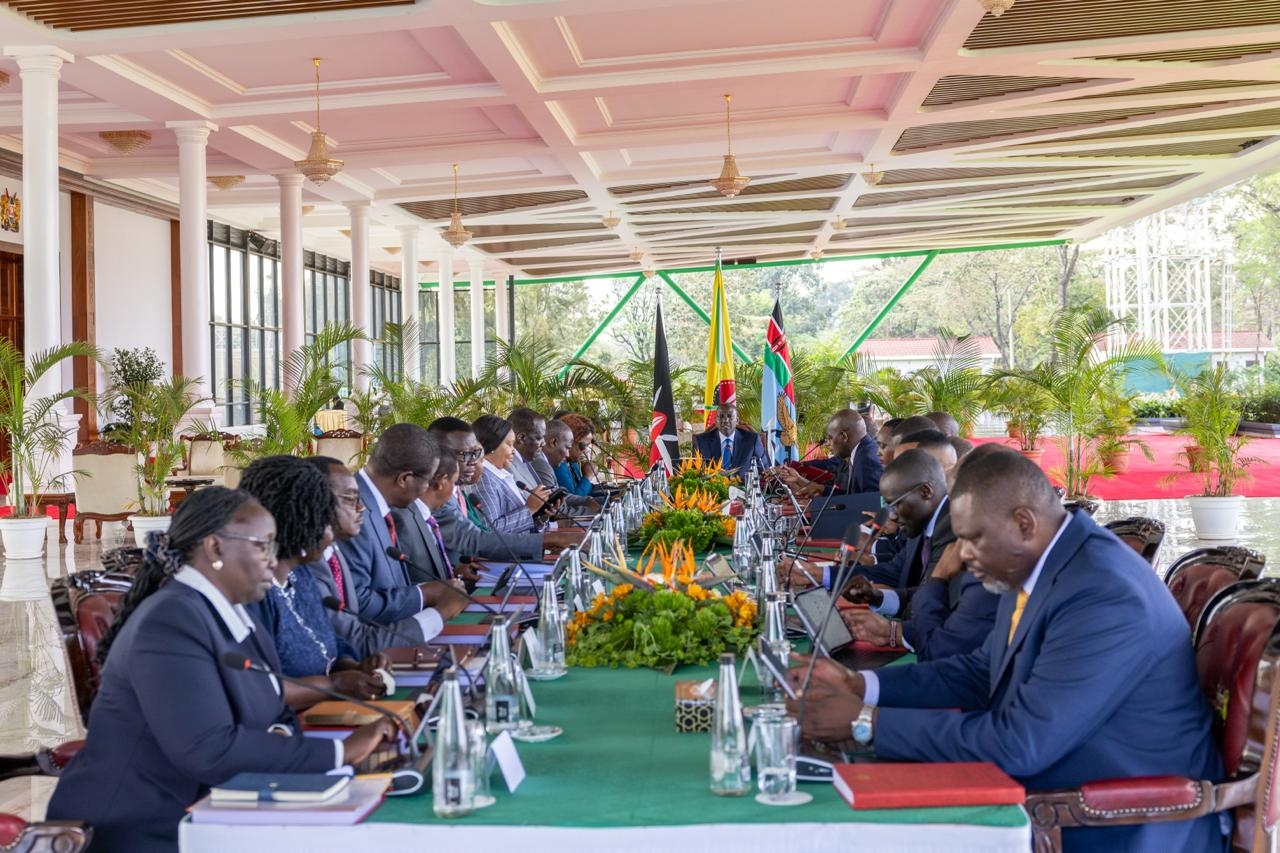

WHEN Kenya’s Standard Gauge Railway (SGR) first roared to life, it wasn’t only locomotives connecting Mombasa and Nairobi.
It was people, habits and worlds. On one side stood Chinese engineers, disciplined and punctual; on the other, Kenyan staff, warm, social, and famously unhurried. What began as a clash of customs slowly became one of the most remarkable experiments in cultural exchange on the continent.
Culture, though often invisible, is the real engine behind every organisation. It shapes how people communicate, solve problems, and even greet one another. Studies show that diverse teams outperform uniform ones because they challenge each other to think differently. The SGR proves this daily. The friction of difference eventually produced the spark of efficiency.
At the beginning, however, the differences were almost comic. The language barrier was so steep that a new dialect was born; “Chinklish,” a lively mix of English, Swahili, and Mandarin.
If something wasn’t satisfactory, a staff member might shrug and say, “No sawa.” food was simply “chaku.” When all else failed, gestures and Google Translate did the job. What could have been chaos turned into camaraderie; every misunderstanding came with laughter, and laughter-built bridges.
Greetings offered another lesson. In Kenya, saying “Jambo” to everyone in sight is a sign of respect. Chinese colleagues, used to quiet starts and reserved formality, were puzzled by the constant small talk. To Kenyans, silence felt cold; to the Chinese, chatter felt excessive.
Over time, each side learned the other’s language of courtesy, sometimes literally. The same happened with timekeeping. The Chinese insistence on punctuality and scheduled meals first amused Kenyan staff, but soon it transformed operations. Time, once flexible, became sacred and efficiency followed.
Food and festivals turned out to be the gentlest teachers of all. Chapati met dumplings, ugali shook hands with steamed rice, and curiosity replaced hesitation.
During Christmas or Eid, Chinese staff joined Kenyan colleagues in celebration; during the Lunar New Year or the Dragon Boat Festival, Kenyans returned the gesture, occasionally mastering the art of chopsticks with comic determination. These shared experiences dissolved the last traces of formality.
Working together also changed how staff saw their professions. Traditionally, Kenyans tend to specialize narrowly, but Chinese mentors encouraged versatility. Engineers began learning logistics or accounting; technicians explored management. The result was a team that could solve problems faster because everyone understood more than one piece of the puzzle.
To cement this understanding, the SGR operator introduced cultural exchange and team-building programmes, from language lessons to joint excursions in national parks.
Bilingual translators eased daily communication, and over 250 Kenyan employees have travelled to China for study and exchange visits. Many return inspired by the precision and discipline they witness abroad, describing it not as rigidity but as deep respect for time, teamwork, and purpose.
Today, the impact of this cultural integration is visible in every arrival and departure. The trains run on schedule; safety and order are second nature. Behind the polished service is a workforce that has learned to see through each other’s eyes. They have built a common rhythm, half Kenyan warmth, half Chinese precision and the results speak for themselves.
The SGR’s success story is a reminder that infrastructure is more than concrete and steel. It is built by people. People who laugh through translation errors, learn new recipes, and slowly discover that respect is universal even when customs differ. Kenya’s railway may run on imported rails, but its real foundation is understanding.
When a train glides out of Mombasa on time, carrying passengers who trust its reliability, it also carries the quiet triumph of two cultures that met, listened, and learned. And that, perhaps, is the smoothest journey of all.
The writer is a Communication Officer at Afristar














